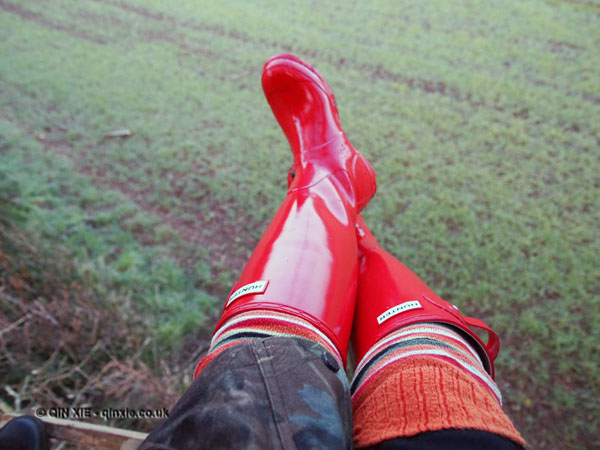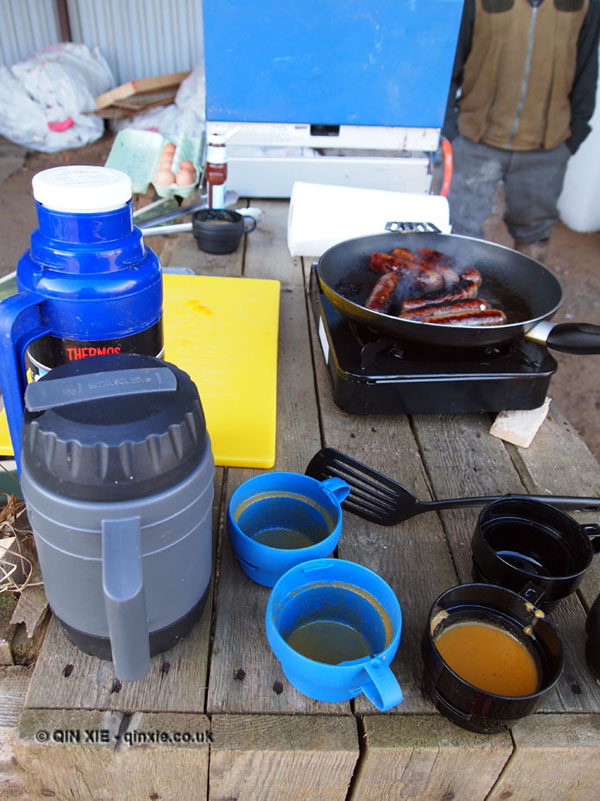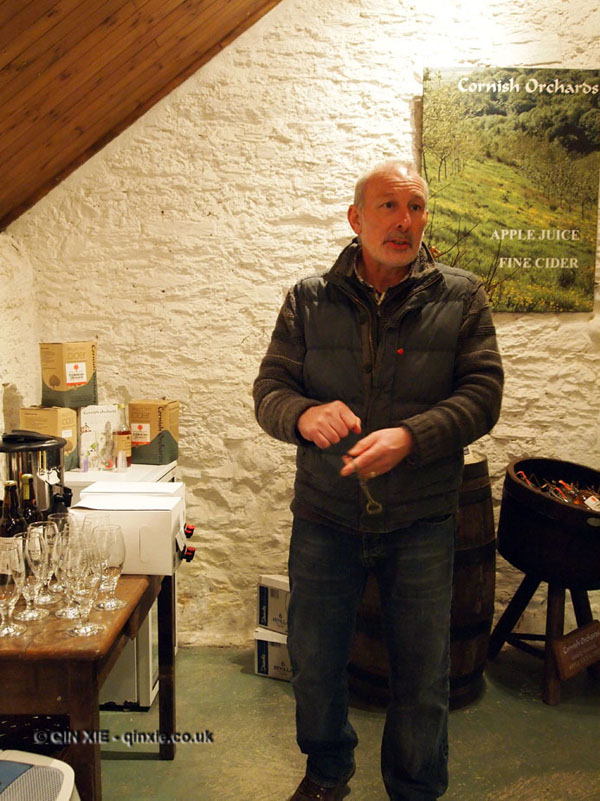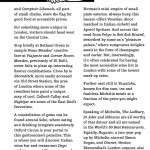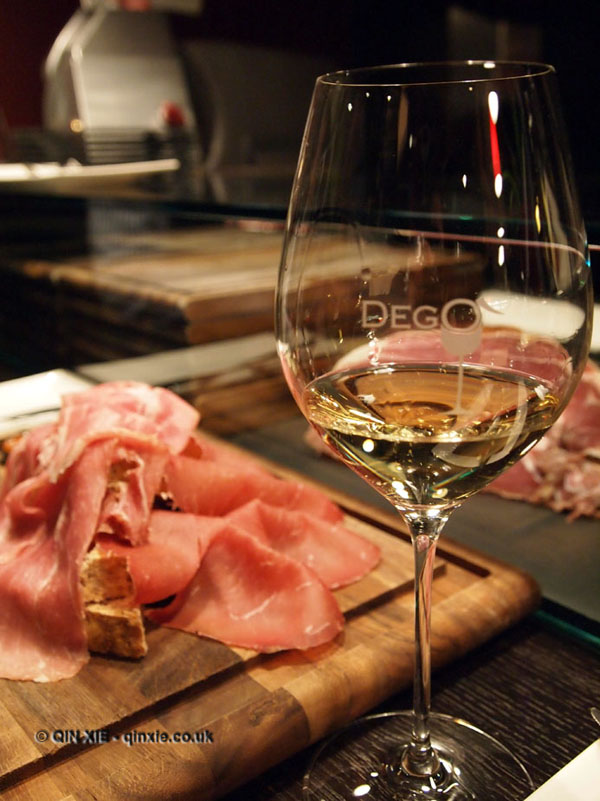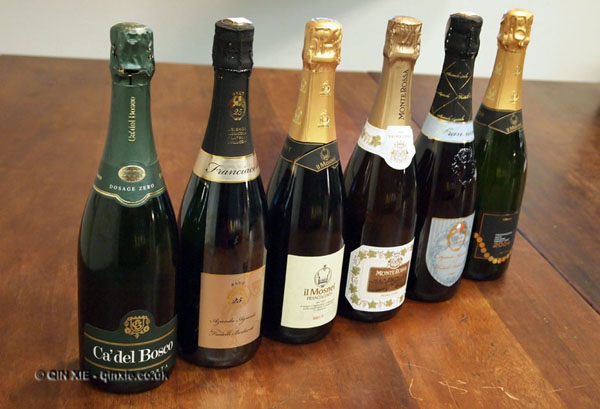Published on BespokeRSVP on 5th March 2012:
My trips to Cornwall have always been about seaside escapades. Everything from kiting in St Ives to surfing in Newquay where the days are filled with blissful freedom and glorious sun – fabulous escapism from London life. So I was rather surprised to learn that you can stalk wild deer in this Southern-most county. But stalking is exactly what I did on my most recent trip to Cornwall.
The journey down was certainly not in the usual Bespoke fashion – a slow trundle in a Grumpie’s Pie van that had recently carried crates of fresh fish. But let us assume for a moment, however, that it was all for reasons of authenticity. After all, I was visiting the “Cornwall in your kitchen” producers with Matt Chatfield who supplied some of London’s best restaurants, including The Ledbury and Roganic. Meeting Charlotte and I in Cornwall were the Chefs (James Lowe, Young Turks; Tom Adams, Pittcue Co; Carl Clarke, Hix Restaurants; Jack Stein, Rick Stein Restaurants etc) all looking to push boundaries.
Arriving very fashionably late at around 3am, I was most disappointed to find that the chef crew had all gone to bed. I thought they were known for their hardcore partying antics though I suppose having to be up barely an hour later to go stalking is a fairly good excuse for an early night. And almost as soon as my head hit the pillow, it was back up against the headrest of the car – we were on our way to shoot Bambi.
Turns out, sitting on top of a tree, encapsulated in five layers of thermals and still being chilled to the core, is not that fun. Especially when there’s no deer in sight, despite perfect conditions, and the gun merrily working its tease. In fact, trudging through a field at breaking dawn and trying not to get knocked over by a gun of equal height was about as exciting as it got. Well, except perhaps when I was scaling the great heights of my tree perch and thinking that I was going to fall out and die.
Did I mention I have a bad case of vertigo?
This, it seems, was the nature of the cull – unpredictable. But venison was found at last in the huntsman’s breakfast. Freshly cooked sausages, made by our shoot host and mystery man Deer Jon of Cornish Game, sandwiched in white loaf and doused with ketchup was sublime antidote to the freeze. I could’ve killed for an Earl Grey to go with it.
It was enough sustenance to for us reach Keveral Organic Farm where our guide Sean O’Neil led us round the plots and polytunnels. February in the UK is not known for its particular warmth and the land wasn’t exactly forthcoming with its emerald sheen. But somehow, amongst what looked like plots of bramble and barren polytunnels, O’Neil uncovered shoots of green, leaves with pink sheen and even edible flowers. Endlessly, he exuded knowledge about the plants that he nurtured and asked us to taste where mini taste-bud explosions ensued. A foraged box was plundered.
In the final hours of the sunlight, we were back on the Cornish hills to catch a glimpse of those wild beasts. A stiff drink in a solitary stone build and gentle musings over notable international restaurants later, hunger lured us back to civilisation. But not before, at last, spotting the first roes and then the stags. Six ethereal creatures making a slow amble across the plane, stopping, occasionally, to graze. Too far to shoot but too close not to be in awe, it left us empty handed with a sense of achievement.Our afternoon was then rewarded with a visit to Westnorth Manor Farm (owned by the Duchy of Cornwall) where we met Cornish Orchards’ cider-maker Andy Atkinson. Still sweet, still dry, sparkling sweet, sparkling dry and a few fruity ones – Cornish Orchards Cider made them all using a blend of English apples. And honey and cider vinegar too. A swift tour and tasting around the cider press left us with yet more tantalising goodies.
Back in the kitchens of Deer Jon, all the pieces fell into place. While he demonstrated the butchery of a roe that he had already culled and hung in his workshop outside, inside was a hive of activity. Filleted fish and live lobster had arrived from Fish for Thought, even more vegetables came from Keveral Farm, honey from Cornish Orchards Cider was on the table and of course venison was being carved out. With more than a handful of chefs at the AGA and a few bottles of vino, a feast came together slowly, organically, but surely. I imagine this would be what Hugh Fearnley-Whittingstall got up to in the early years of River Cottage.
After the briefest of visits to Philip Warren and Son to peruse their meat and grab a cheeky pasty the following morning, it was back in the kitchens for a fry up before the journey back to London. Watching the supermarket bought “bacon” fizzle and foam in the pan as if sprinkled with sherbet, the point of provenance becomes poignantly clear.
All that getting up early and sitting out in the cold, all the hard work, experience forged knowledge and passion of these producers, it all goes towards the quality of the final product. And in the end, whether it’s a rustic feast knocked together on a whim or a fine fare at the tables of London’s best restaurants, the food is only as good as the quality of the ingredients that goes into it, irrespective of skill. And that’s something often overlooked when you chow down on your scrupulously intricate plate of food in cosy warmth.
